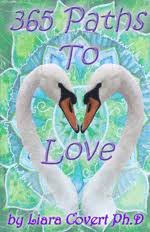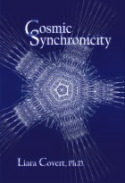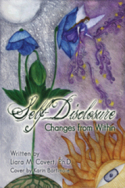Five Timeless Gems of Wisdom
 Friday, August 1, 2025 at 2:12PM
Friday, August 1, 2025 at 2:12PM The Brush and the Wind
In a remote mountain village, there lived an old Taoist sage named Wen, known for his calm spirit and peculiar practice: every morning, he would sit with ink and brush, writing on rice paper under a crooked pine tree. Villagers thought he was recording scriptures or transcribing ancient wisdom. But he always burned the papers after writing, letting the ashes drift into the wind. One curious traveller asked him, “Master Wen, why do you write only to destroy what you create? Are your words not worth preserving?”
Wen smiled. “I do not write to preserve—I write to release.”
The traveller persisted. “But what is the purpose of writing if not to be read?”
Wen responded, “Each word I write is a seed of intention. A thought that was once entangled in my mind is now given form. When burned, it returns to the Tao. The wind carries it. The universe responds. This is how I shape my path—by aligning my inner world with the invisible currents of the Way.” Years later, that traveller returned to the village after many hardships and wrote down his fears, regrets, and hopes as Wen had taught. He burned the paper under the same crooked pine, and for the first time in years, felt a great peace. His path cleared. He walked forward, not to escape the past, but to walk alongside a new beginning he had authored himself.
This story highlights that writing, when done with intention, is not about control. It is about co-creation with the Tao or energy of the universe. What we name, we acknowledge. What we release, we transform. Here are 5 timeless wisdom takeaways from the parable:
1. Writing is an Energetic Act, Not Just a Mental One
Wisdom: “Each word I write is a seed of intention.”
Takeaway: Writing is not only a cognitive process—it’s a spiritual practice. Every word carries energetic weight. What we write can clarify, release, and even reprogram the unconscious mind, making space for alignment with the greater flow of life.
2. Letting Go Is an Essential Part of Creation
Wisdom: “I do not write to preserve—I write to release.”
Takeaway: True transformation requires surrender. Whether through journaling, ritual burning, or storytelling, releasing attachment to the outcome allows life to evolve.
3. The Universe Responds to Inner Alignment
Wisdom: “When burned, it returns to the Tao. The wind carries it. The universe responds.”
Takeaway: As I act from a place of inner truth, I participate in the dance of destiny. Writing is a way of communicating with me, and with the invisible forces that shape my path.
4. Naming and Witnessing Transmute Suffering
Wisdom: “A thought that was once entangled in my mind is now given form.”
Takeaway: To write a painful experience is to begin the process of transmutation. By naming what was hidden, the formless gains form, and the fragmented becomes whole.
5. Your Story Is Your Medicine
Wisdom: “He walked forward, not to escape past, but to walk alongside a new beginning.”
Takeaway: You are both the scribe and the seeker. Your pen is an instrument of healing. The story you tell yourself about your life determines how you live it. Choose it consciously.










Reader Comments